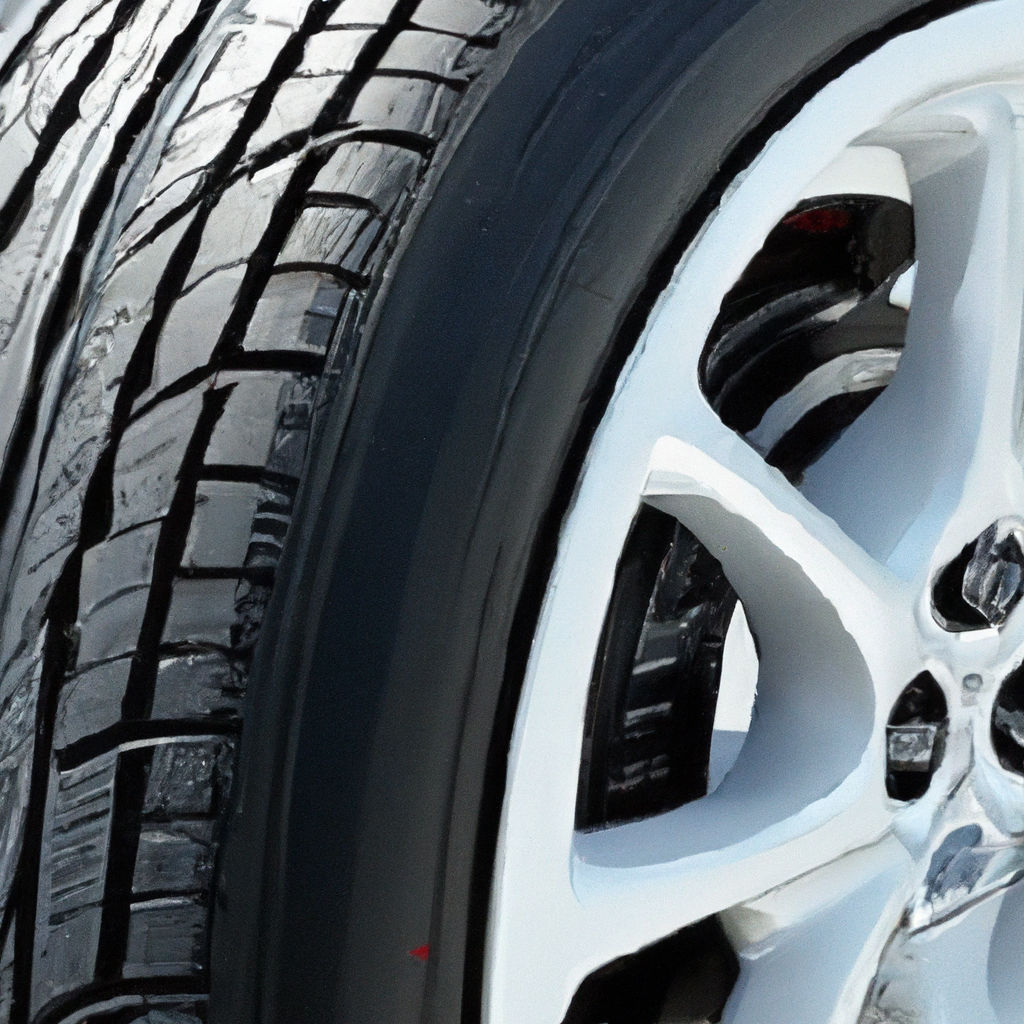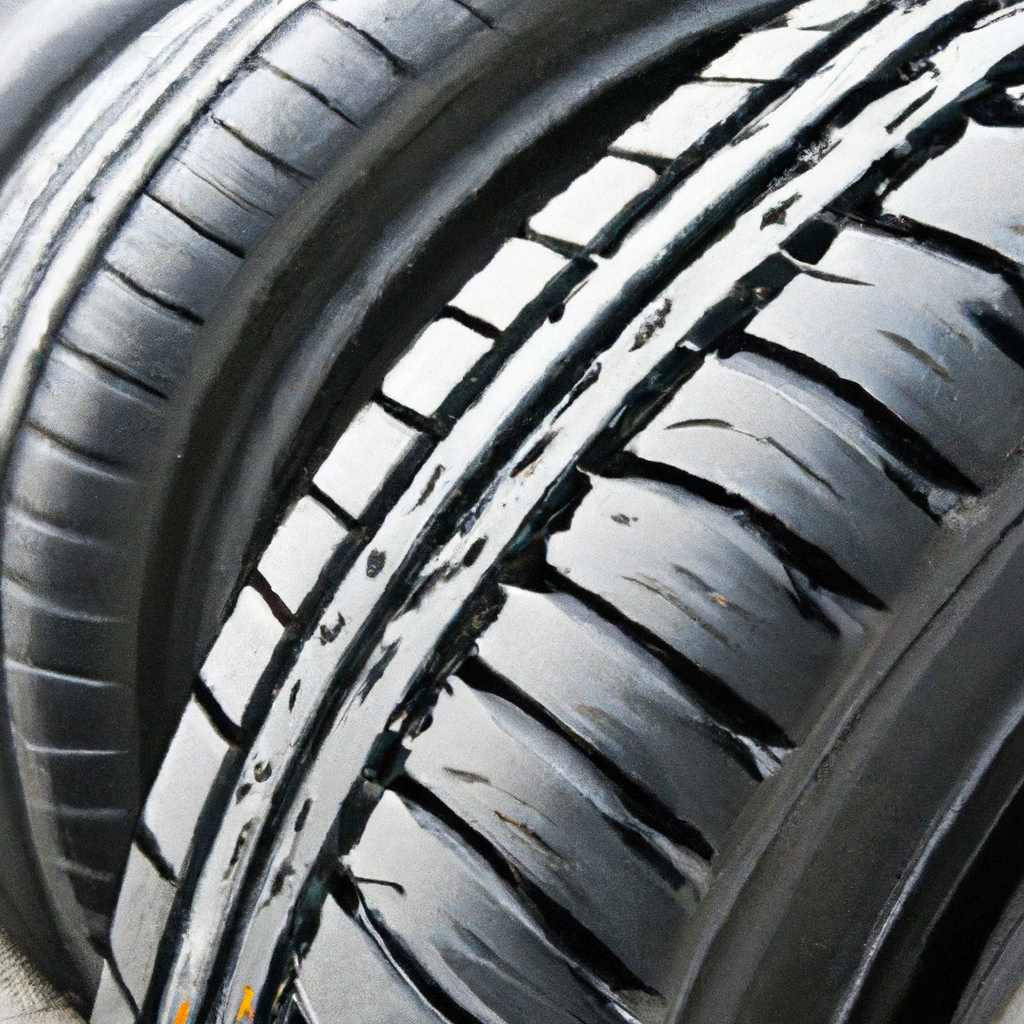Hey there, tire enthusiasts! You’re all set to embark on a summer adventure, but before you hit the road, there’s one crucial thing you need to consider – rotating your summer tires. Wondering if there are any specific recommendations for this task? Well, sit tight and let’s explore all the key insights you need to know about properly rotating those sweet summer tires.
How often should summer tires be rotated?
Mileage-based recommendation
The frequency of rotating summer tires can vary depending on several factors, including the type of driving you do and the condition of your tires. A common recommendation is to have your summer tires rotated every 6,000 to 8,000 miles. This ensures that the wear on the tires is distributed evenly, which helps to prolong their lifespan and maintain optimal performance.
Time-based recommendation
In addition to mileage, it is also recommended to have your summer tires rotated at least once a year. This is especially important if you live in an area with harsh winters, as the extreme temperatures and road conditions during the cold months can cause additional wear on the tires. By rotating them regularly, you can help to mitigate uneven wear and extend the life of your summer tires.
Manufacturer’s recommendation
It’s important to note that different tire manufacturers may have their own specific recommendations for rotating summer tires. It is advisable to consult the manufacturer’s guidelines or speak with a qualified tire professional to determine the optimal rotation schedule for your specific summer tires. Following the manufacturer’s recommendations can help ensure that your tires perform at their best and last as long as possible.
When should summer tires be rotated?
At the beginning of summer
One ideal time to rotate your summer tires is at the beginning of the summer season. This helps to ensure that the wear on the tires is evenly distributed from the start, allowing for optimal performance and improved handling. By rotating the tires before the summer months, you can also address any uneven wear that may have occurred during the winter season.
Midway through summer
Another opportune time to rotate your summer tires is midway through the summer season. This can help to address any variations in wear that may have occurred due to different driving conditions or habits. By rotating the tires halfway through the summer, you can help to maintain their performance and extend their lifespan.
At the end of summer
Lastly, it is recommended to have your summer tires rotated at the end of the summer season. This allows you to address any wear and tear that may have accumulated during the warmer months, especially if you have done a significant amount of driving. By rotating the tires before storing them for the winter or transitioning to winter tires, you can ensure that they are in the best possible condition for future use.

What is the correct rotation pattern for summer tires?
Front to back
One common rotation pattern for summer tires is to simply move the front tires to the back and the back tires to the front. This helps to even out the wear on the tires and distribute the load more evenly. The front to back rotation pattern is often recommended for vehicles with non-directional tires, as it does not require any specific tread direction.
Cross rotation
Another rotation pattern that can be used for summer tires is the cross rotation method. This involves moving the front tires diagonally to the opposite corners of the vehicle and the back tires to the front corners. This pattern helps to promote even wear across all four tires and can be particularly beneficial for vehicles with directional tires.
Directional rotation
For vehicles with directional summer tires, the recommended rotation pattern is to switch the front tires to the back and vice versa, while keeping the tires on the same side of the vehicle. This rotation method ensures that the tires continue to rotate in their intended direction, maximizing their performance and handling capabilities.
Should summer tires be balanced during rotation?
Balancing is recommended
It is generally recommended to have your summer tires balanced during the rotation process. Balancing involves adjusting the weight distribution of the tire and wheel assembly to ensure that it rotates evenly. This helps to eliminate any vibrations or uneven wear that may occur as a result of an imbalance. Balancing your summer tires during rotation can contribute to a smoother ride and improved overall performance.
Balancing is not necessary
In some cases, summer tires may not require balancing during rotation, especially if they are in good condition and have been balanced recently. However, it is advisable to consult with a tire professional to determine whether balancing is necessary for your specific set of tires. While balancing may not be necessary for all summer tires, it is generally recommended to ensure the best possible performance and longevity.

Should summer tires be aligned during rotation?
Alignment is recommended
Having the alignment checked and adjusted during the rotation of summer tires is highly recommended. Proper alignment ensures that the tires are angled correctly and in optimal contact with the road surface. This helps to prevent uneven wear and ensures that the vehicle handles well and drives straight. Aligning your summer tires during rotation can enhance their performance and contribute to a smoother driving experience.
Alignment is not necessary
If your vehicle’s alignment is already within the recommended specifications and you have not experienced any handling issues, it may not be necessary to align your summer tires during rotation. However, it is important to regularly have the alignment checked to catch any potential issues early on. Consulting with a tire professional can help determine whether alignment is necessary for your specific vehicle and tire setup.
Can summer tires be rotated with different tread depths?
It is not recommended
Ideally, summer tires should not be rotated if they have significantly different tread depths. This is because tires with different tread depths have varying levels of grip and can affect the handling and performance of the vehicle. Rotating summer tires with different tread depths may compromise traction and lead to uneven wear. It is best to replace any tires with significantly different tread depths to maintain optimal safety and performance.
It is possible but may affect performance
While it is not recommended, it is possible to rotate summer tires with slightly different tread depths. However, it is important to keep in mind that doing so may affect the overall performance of the tires. Tires with different tread depths may have unequal levels of traction and grip, which can impact the vehicle’s handling and safety. If rotation with different tread depths is unavoidable, it is crucial to consult with a tire professional to assess the potential risks and make an informed decision.

What are the benefits of rotating summer tires?
Promotes even wear
One of the key benefits of rotating summer tires is that it helps to promote even wear across all four tires. By continually redistributing the load and changing the position of the tires, rotation ensures that no single tire is subjected to excessive wear. This results in extended tire lifespan and maximizes your investment in summer tires.
Extends tire lifespan
Regular rotation of summer tires helps to extend their lifespan by ensuring that the wear is evenly distributed. By addressing any variations in wear patterns, you can prevent premature tire replacement and get the most out of your investment. Longer-lasting tires not only save you money but also contribute to better overall vehicle performance.
Enhances vehicle performance
Properly rotated summer tires contribute to enhanced vehicle performance. By promoting even wear, rotation helps to maintain consistent traction and handling characteristics, providing a smoother and more comfortable ride. Well-maintained summer tires can also improve fuel efficiency and reduce the risk of hydroplaning, resulting in a safer and more enjoyable driving experience.
Are there any risks associated with rotating summer tires?
Uneven wear due to different traction
Rotating summer tires can potentially lead to uneven wear if they have different levels of traction. Tires with varying tread depths or different wear patterns may not provide equal grip on the road. This can result in uneven wear and compromise the overall performance and handling of the vehicle. It is important to assess the condition of your tires before rotation and consult with a tire professional to minimize the risk of uneven wear.
Potential for imbalanced handling
If summer tires are not properly balanced or aligned during rotation, there is a risk of imbalanced handling. Imbalanced tires can cause vibrations, steering wheel wobble, or uneven tire wear. Similarly, misaligned tires can result in poor handling, reduced fuel efficiency, and increased tire wear. To mitigate these risks, it is advisable to have your summer tires balanced and aligned during rotation by a qualified tire professional.

Should summer tires be inspected during rotation?
Inspecting for damage and punctures
It is highly recommended to thoroughly inspect your summer tires for any damage or punctures during the rotation process. Regular inspections can help identify any issues that may affect the tire’s performance or safety. Look for signs of sidewall damage, tread wear, or any objects embedded in the tire. If you notice any damage or punctures, it is advisable to have them repaired or replaced before continuing to use the tires.
Checking tire pressure
Another important aspect to consider during tire rotation is checking the tire pressure. Proper tire pressure is crucial for optimal performance, fuel efficiency, and safety. Use a tire pressure gauge to check the pressure in all four tires and adjust as necessary based on the manufacturer’s recommendations. Maintaining the correct tire pressure can help to prevent uneven wear and extend the lifespan of your summer tires.
Can summer and winter tires be rotated together?
It is not recommended
It is generally not recommended to rotate summer and winter tires together. Summer and winter tires have different tread patterns, rubber compounds, and performance characteristics designed for specific weather conditions. Mixing these two types of tires can result in mismatched performance and compromise the overall safety and handling of the vehicle. It is best to keep summer and winter tires separate and use each set during their respective seasons for optimal performance and safety.
Mismatched performance and tread patterns
Summer and winter tires are specifically designed to perform at their best in certain weather conditions. Summer tires are designed for warm and dry conditions, with tread patterns that prioritize traction and handling on dry roads. On the other hand, winter tires are optimized for cold temperatures, icy, and snowy conditions, with tread patterns that maximize grip and traction in slippery conditions. Mixing these two types of tires may result in compromised performance, reduced traction, and potentially unsafe driving conditions.
In conclusion, it is recommended to have your summer tires rotated regularly to promote even wear, extend tire lifespan, and enhance vehicle performance. The frequency of rotation can be based on mileage, time, or manufacturer’s recommendations. When rotating summer tires, it is important to choose the correct rotation pattern based on the type of tire and vehicle. Balancing and aligning the tires during rotation can contribute to smoother handling and improved performance. Inspecting for damage, checking tire pressure, and avoiding rotation with different tread depths are important considerations to ensure safety and optimize tire lifespan. It is not recommended to rotate summer and winter tires together due to the mismatched performance and tread patterns. By following these guidelines, you can maximize the lifespan and performance of your summer tires, ensuring a safe and enjoyable driving experience.


